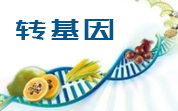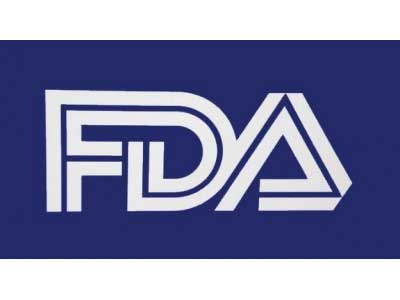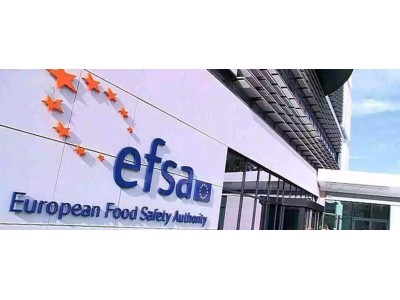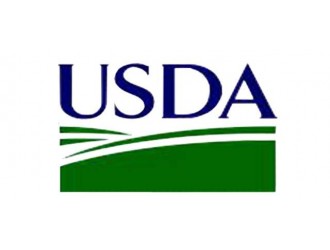сђђсђђу╗ЈУ┐ЄУ»ёС╝░№╝їСИЊт«Хт░Ју╗ётЙЌтЄ║у╗ЊУ«║№╝їУ»ЦТи╗тіатЅѓС╗?0Т»ФтЁІ/тЇЃтЁІтЁеС╗ижЦ▓ТќЎСй┐ућеТЌХтЈ»ТюЅТЋѕТјДтѕХУѓ▓УѓЦжИАуџёуљЃУЎФуЌЁсђѓжЃетѕєтјЪТќЄТіЦжЂЊтдѓСИІ№╝џ
сђђсђђFollowing a request from the European Commission, EFSA was asked to deliver a scientific opinion on the safety and efficacy of the coccidiostat narasin (Monteban
?G100) for chickens for fattening. In a previous opinion, uncertainties remained on the identification and characterisation of the non-genetically modified production strain of the active substance narasin. The Panel could not co
nclude either on the safety of Monteban
?G100 for chickens for fattening or on the efficacy of the additive at the minimum applied concentration. The FEEDAP Panel excluded risks for enviro
nment but the risk for sediment compartment could not be assessed. The applicant provided supplementary information to cover the data gaps and substituted the narasin production strain from Streptomyces spp. NRRL 8092 to Streptomyces spp. NRRL B-67771. The information submitted to taxo
nomically identify the production strain did not allow to assign it to any described microbial species. ba
sed on the information provided, the Panel co
ncluded that the use of Monteban
?G100 did not raise safety co
ncerns as regards the production strain for the target animal, consumer, user and environment. The Panel co
ncluded that 70 mg narasin/kg complete feed was safe for chickens for fattening with a margin of safety of 1.4; narasin from Monteban
?G100 was unlikely to increase shedding of Salmo
nella Enteritidis, Salmo
nella Typhimurium and Campylobacter jejuni. Narasin, when used in chickens for fattening at 70 mg/kg feed, was not expected to pose a risk to the aquatic compartment and to sediment, while a risk for the terrestrial compartment could not be excluded. No risk for groundwater was expected, nor for seco
ndary poiso
ning via the terrestrial food chain, but the risk of seco
ndary poiso
ning via the aquatic food chain could not be excluded. The Panel co
ncluded that 60 mg narasin/kg feed was efficacious in co
ntrolling coccidiosis in chickens for fattening.
сђђсђђ
ТюгТќЄућ▒жБЪтЊЂС╝ЎС╝┤уйЉжБЪтЊЂУхёУ«»СИГт┐Ѓу╝ќУЙЉ№╝їТюЅС╗╗СйЋуќЉжЌ«№╝їУ»иУЂћу│╗news@www.sqrdapp.comсђЂЧ/span>











 тю░тї║№╝ЎЧ/font>
тю░тї║№╝ЎЧ/font>

 ТгДуЏЪУ»ёС╝░УйгтЪ║тЏаујЅу▒│MO
ТгДуЏЪУ»ёС╝░УйгтЪ║тЏаујЅу▒│MO
 ТгДуЏЪУ»ёС╝░СИђуДЇж║дУійу│ќТиђ
ТгДуЏЪУ»ёС╝░СИђуДЇж║дУійу│ќТиђ уЙјтЏйТІЪТњцжћђУІЦт╣▓УѓЅу▒╗тЈЅЧ/a>
уЙјтЏйТІЪТњцжћђУІЦт╣▓УѓЅу▒╗тЈЅЧ/a> ж▓ЂтЁгуйЉт«Ѕтц 37060202000128тЈХЧ/a>
ж▓ЂтЁгуйЉт«Ѕтц 37060202000128тЈХЧ/a>



